Hormone Replacement in Sterilized Dogs
Unplanned pregnancies lead to the euthanization of numerous dogs every year
Unplanned pregnancies lead to the euthanization of numerous dogs every year. Neutering and spaying dogs help prevent these unwanted litters and can also have other benefits. Neutered and spayed dogs are no longer susceptible to diseases affecting the sex organs, such as pyometra and testicular, ovarian, and mammary cancers. Neutered and spayed dogs are less likely to roam looking for a mate, and may also be less likely to exhibit unwanted behaviors, such as aggression, urine marking, and mounting. However, growing research indicates that gonad removal, especially if performed before sexual maturity, can also result in significant health and behavioral issues for dogs.
Risk factors for neutered and spayed dogs
Natural hormone feedback mechanisms are unregulated in neutered and spayed dogs. Luteinizing hormone levels increase, since sex hormones are not present to signal the pituitary gland and hypothalamus. These unopposed increasing luteinizing hormone levels are likely responsible for the health and behavioral disorders that affect neutered and spayed dogs, including:
Cancers — Studies have shown that neutered and spayed dogs are at increased risk for developing cardiac tumors. Sterilized, purebred, large-breed dogs are at higher risk for developing osteosarcoma. Sterilized Rottweilers are at higher risk for bone cancer, and early neutered or spayed golden retrievers are at higher risk for lymphosarcoma.
Musculoskeletal disorders — Neutered and spayed dogs, especially those sterilized before 6 months of age, are at increased risk for developing several musculoskeletal disorders, including hip dysplasia, cranial cruciate ligament tear or rupture, and elbow dysplasia. Testosterone and estrogen play important roles in bone development. Estrogen signals closure of the growth plate in males and females, and low estrogen levels result in delayed closure in neutered and spayed dogs. These abnormal growth patterns cause a disparity between the bones and the supporting soft tissues, placing increased stress on these structures.
Hypothyroidism — Neutered and spayed dogs are at higher risk for hypothyroidism.
Incontinence — Spayed dogs are at higher risk for developing urinary incontinence, and neutered dogs are at higher risk for urethral sphincter incontinence.
Behavioral disorders — Some studies have found that dogs neutered and spayed early are more likely to develop noise phobias, and show aggression toward people.
Alternatives to spaying and neutering dogs early
A dog’s breed greatly influences whether early spaying or neutering will have deleterious health effects. Large-breed dogs are more likely to experience problems when neutered or spayed at an early age, and may need to wait until they are fully grown (i.e., until 1 or 2 years of age), to avoid these issues. Your veterinarian will help you decide when your dog should be spayed or neutered.
Another alternative is a veterinarian performing a vasectomy on your male dog, or a tubal ligation on your female dog. A vasectomy involves ligating the vas deferens to interrupt sperm movement from the testicles, but the testicular tissue remains intact, and the sex hormones are retained. A tubal ligation involves ligating the fallopian tubes, preventing pregnancy, but leaving the ovary to produce hormones.
Hormonal replacement therapy for a neutered dog
Hormonal replacement is not a common treatment modality for dogs, and the only published accounts are focused on incontinence treatment. A case study published in 2021 describes the first case focused on a dog affected by diverse physical and psychological symptoms, after neutering. The case details include:
Background — Toby, a male mixed-breed dog, was adopted from a county animal shelter at 7 months of age. Castration was required before he was allowed to go home to his new family.
Health issues — Initially, Toby was active, healthy, and sociable, but over several months, he developed many issues, including reduced mobility, limping associated with his right hip, rapid weight gain, and fear of unfamiliar people. Treatment included pain medication, joint supplements, thyroxine, antidepressants, and significant diet restrictions. Daily joint supplements and frequent carprofen administration reduced Toby’s limping, but his mobility remained poor. He was put on a strict diet, and his weight stabilized. However, his fear and anxiety around strangers continued to worsen, and by the age of 4, his owners could no longer let him leave their home. When Toby’s owners adopted a new dog, his health deficits became more apparent, because he was unable to participate in normal play activities.
Hormone therapy — Toby’s owners consulted with Dr. Michelle Kutzler, a veterinary theriogenologist at Oregon State University, and decided to try hormone replacement therapy. Toby’s luteinizing hormone (LH) levels were three times higher than normal. He was started on weekly testosterone shots, and after three months, a gonadotropin-releasing hormone (GnRH) agonist was implanted when his LH levels had not normalized. This combined therapy resulted in normal LH levels.
Treatment results — Once the testosterone shots were started, Toby showed significant improvement, including increased muscle mass, reduced limping, and improved mobility. His fear and anxiety were also somewhat alleviated. Implanting the GnRH agonist further improved Toby’s condition. His owners can now take him for walks in public parks, because his fear of people is now manageable. He can now also play with the other family dog, and has no trouble running and jumping.
Monitoring — Toby continues to receive hormone treatment, and his health is monitored through standard blood work, testosterone and LH levels, and regular prostate exams.
Further research is needed, but this case study provides an optimistic outlook about hormonal replacement therapy’s ability to help dogs suffering from detrimental issues that spaying and neutering can cause.



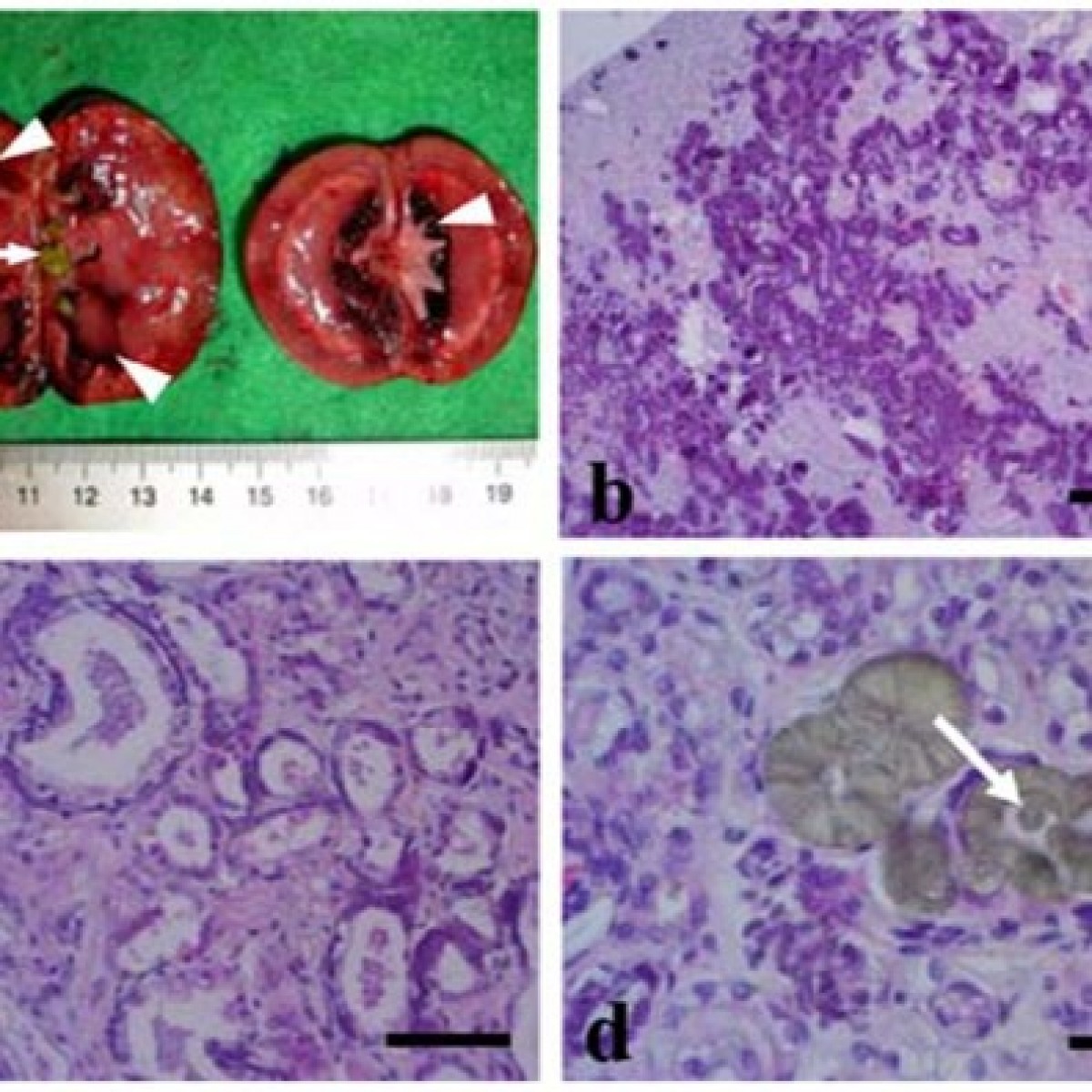
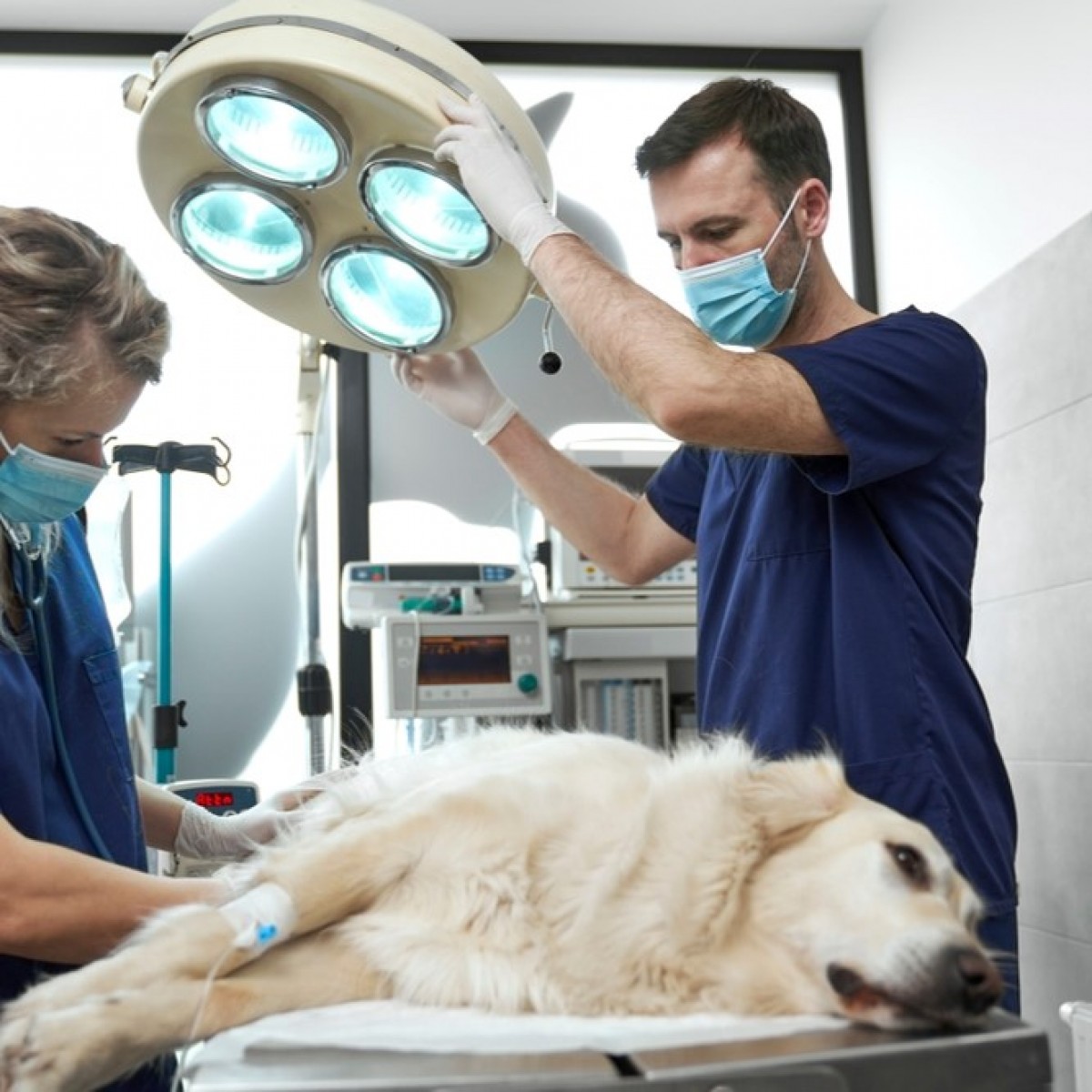
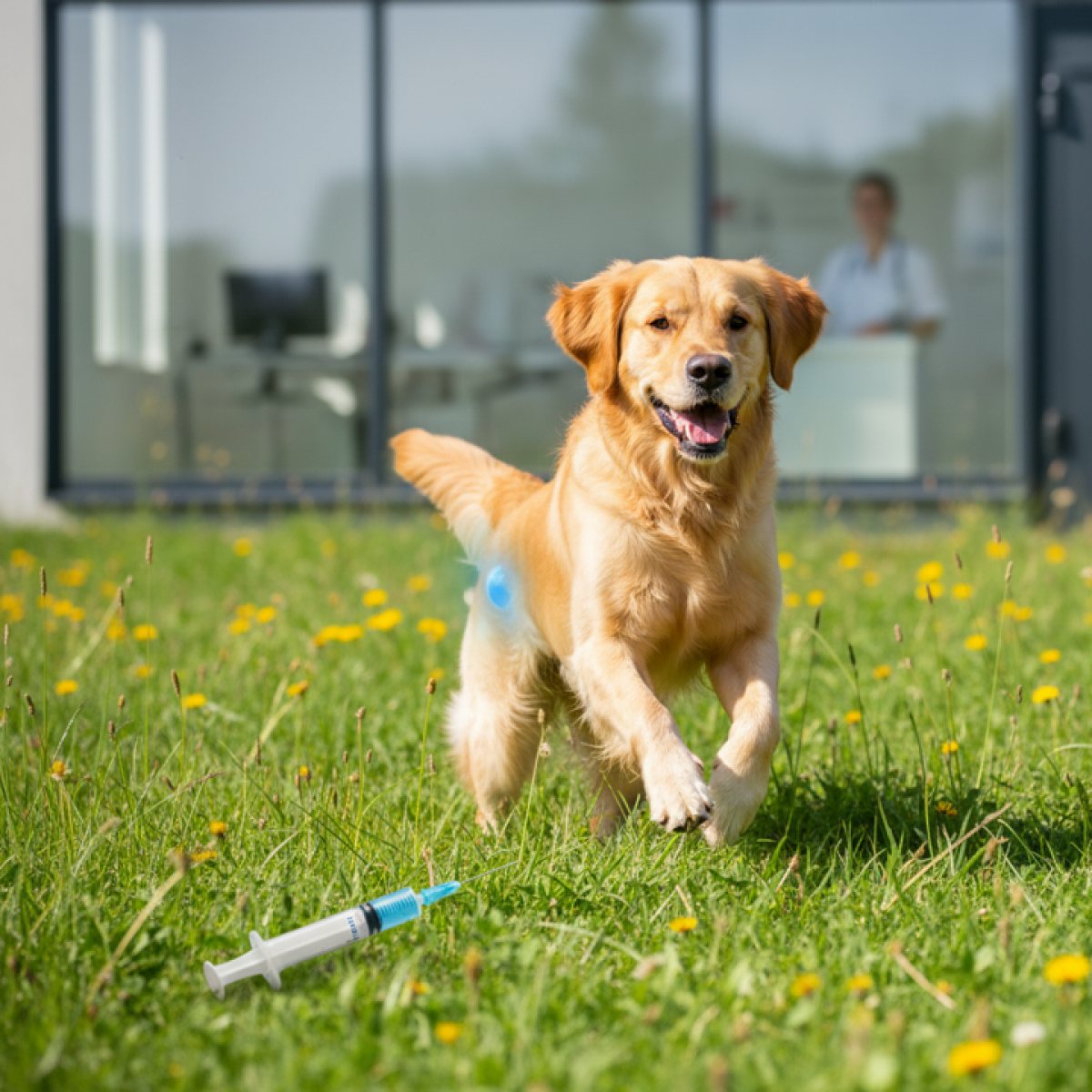




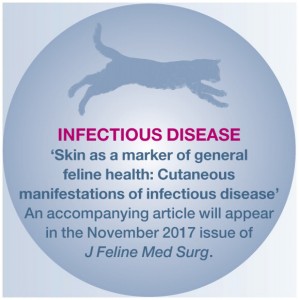

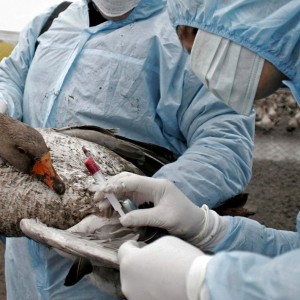

List
Add
Please enter a comment